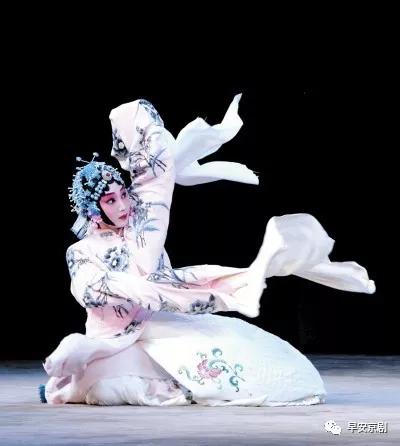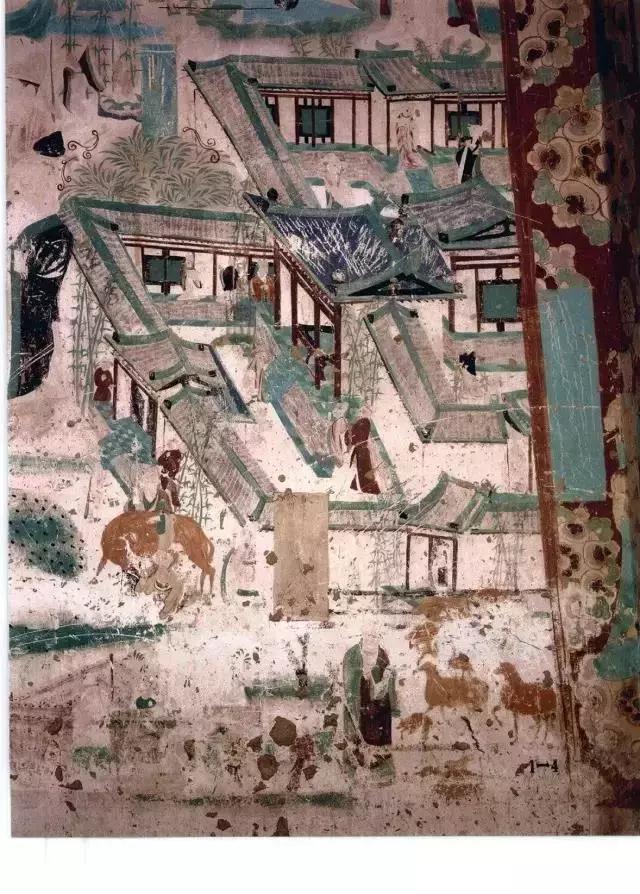


一般过去时did;was/were
① 表示过去某个时间发生的动作或情况。
例:I bought some fruits yesterday.
我昨天买了一些水果。
② 表示过去习惯性动作。特别是由would/used to do表达的句型,本身表示的就是过去时。
例:The old man would sit on a bench in the quiet park and look at others for hours without doing anything or talking to anybody.
老人过去常常坐在宁静的公园的一条长椅上,看着其他的人,一坐就是数个小时,什么也不干,也不和任何人交谈。
He used to visit his mother once a week.
他以前总是每周看望一次他的母亲。
③ 有时可代替一般现在时,表达一种婉转、客气、礼貌、商量的语气。
例:I wanted to ask you if I couuld borrow your car?
我想向您借车用一用,可以吗?
Would you mind my sitting here?
您介意我坐在这里吗?
注意事项:
A) 注意时间状语的搭配。一般过去时的时间状语应该是表示过去某个时间的词或词组,如:yesterday, last month, in 1999, two days ago等,绝对不可与recently, in the past 10 years, this month等连用,因为这样的时间状语都与现在有关系,应该用现在完成时或一般现在时。
B) used to do的否定形式和疑问形式很特别:你怎么写都正确。以否定形式为例:used not to do, didin't used to do, didn't use to do都对。
Used to do经常与be used to doing sht/sht结构进行对比。前者表示‘过去常常或过去曾经’,要求加动词原形;后者表示‘习惯于’,要求加名词或动名词。
,




